Blog
Indian Granite Quarries- Geographical Distribution
The use of natural stones in the construction sector is nothing new. Different types of stones are being used to build monuments, tombs, palaces, forts, and other structures all across the world. Being one of the oldest construction materials and its easy availability, many natural stones have become an inherent part of construction in the past several years. It is often believed that natural stones boast an inherent capability to transform any space by adding more beauty and class to the structure. Though there are different types of stones being used in the construction sector, granite is a widely used stone worldwide. And when it comes to choosing the finest quality granite, Indian granite leads the way. In this post, you will get to know about the geographical distribution of Indian granite across its different states.
Indian granite is exported in the form of granite blocks, tiles, and slabs for various purposes like building construction, interior decoration, tombstones, monuments, and others. since granite’s surface can be treated in a number of finishes, these granite variants are widely preferred worldwide.
What is Granite?
Granite is considered a valuable ornamental and structural stone. Due to its amazing compressive strength and durability, it remains a favorite for different types of structural applications. This natural stone is found in granite quarries and then treated through multiple processes to attain a specific surface finish. The term granite is taken from the Latin word ‘granum’, which refers to a grain.
It is light-toned acid igneous rock belonging to the plutonic region. It is typically of the color grey, pink or red, and green or white. It contains minor levels of mica and ferromagnesian minerals such as amphibole, biotite, and pyroxene.
Though granite comes from different parts of the world, Indian granite is considered of superior quality due to many reasons – high durability, diverse colors, multiple finishing options, and easy availability.
Physical Properties of Granite Stone
Granite stone tends to possess a wide range of physical and chemical properties. The adaptability of a specific granite is determined by its properties which need to be met by the said specification. This natural stone is mainly used due to its impressive looks and amazing strength. Here it is important to note that chemical properties are less valuable than physical properties.
Granite stone is extensively spread throughout the Archaean terrain. Considered the oldest rocks on the planet, they occur at the base of the stratified formations of the Cambrian upwards in different countries across the world. These rocks showcase similar characteristics in regard to their composition and structure. Granite is known to be a part of all mountain ranges in the world and the base of all remarkable ancient plains.
The rocks of the Archaean System include several thousand square kilometers in India. However, the biggest portion of peninsular India is captured by this primitive crystalline complex. It includes Dharwars, Bundelkhand Gneisses, Chrnokites, Older Metamorphics, Banded Gneisses complex, and Basement complex. It is spread over the states of Madhya Pradesh, West Bengal, Maharashtra, Gujarat, Bihar, Assam, Orissa, and Rajasthan. Along with this, it is also present on the Southern side in states like Andhra Pradesh, Goa, Karnataka, Pondicherry, and Tamil Nadu.
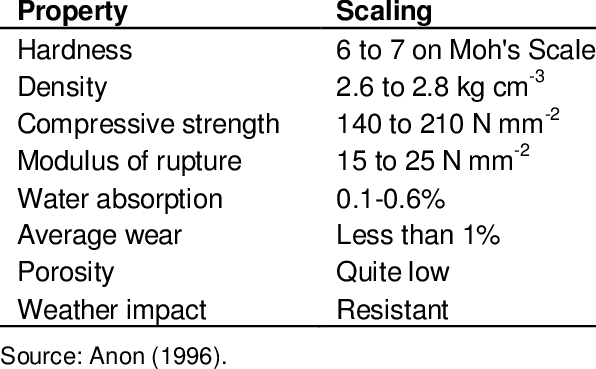
The rocks of the Archaean System include several thousand square kilometers in India. However, the biggest portion of peninsular India is captured by this primitive crystalline complex. It includes Dharwars, Bundelkhand Gneisses, Chrnokites, Older Metamorphics, Banded Gneisses complex, and Basement complex. It is spread over the states of Madhya Pradesh, West Bengal, Maharashtra, Gujarat, Bihar, Assam, Orissa, and Rajasthan. Along with this, it is also present on the Southern side in states like Andhra Pradesh, Goa, Karnataka, Pondicherry, and Tamil Nadu.
Some of the prominent areas where granite deposits are found in India:
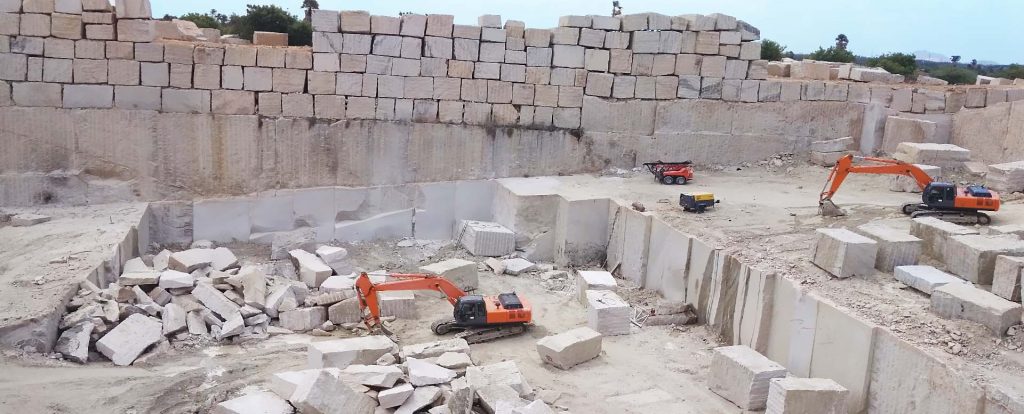
Tamil Nadu
Different types of black granite and granitoid gneisses can be found in Tamil Nadu. These granites are of top quality and are found in areas like Walajah, Nagarvalli, Tirupathur, Chengam, Vellore, Dindigul, Vaniambadi, Kundaram, Shalpatti, Tanjore, Nilgiri, Eriyur, Kunnam, Tindivanam, and others.
Charnockites and leptinites that ask for good quality polish are found at Tiruvattur in Kanyakumari, Puddur, Variyappamalai, Salem, and Chingleput regions.
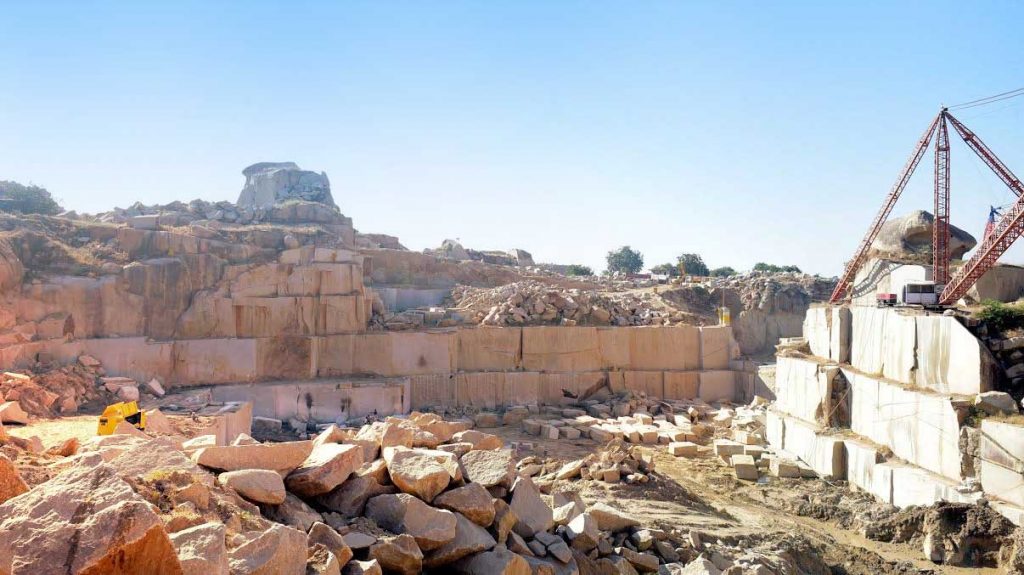
Andhra Pradesh
Andhra Pradesh is a hub of various high-quality granites. They are primarily found in Hyderabad, Warangal, Khammam, Chittor, and Prakasam regions.
Dolerite dykes of Archean are found in the Chittor district. These granites’ texture ranges from extremely fine-grained or nearly glassy to highly coarse-grained with varied ophitic structures and phenocryst of basic plagioclase.
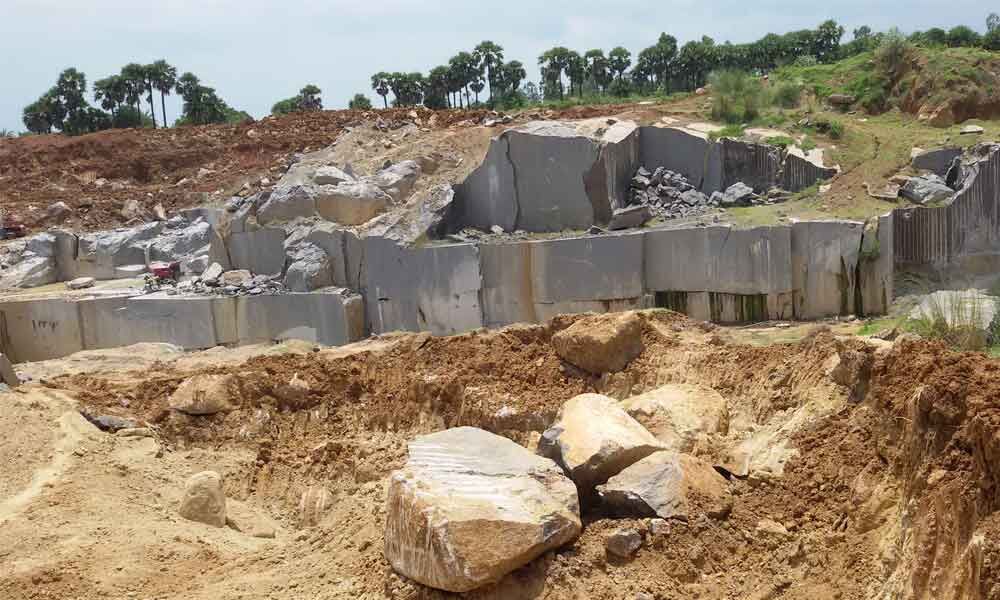
Assam
The central parts of Assam have large deposits of ornamental and dimensional stone. Some of the deposits are of very high grade. A majority of these deposits are of mica-free, pink-colored granite. Grey and light-colored granite are also abundant. Such type of granite deposits occur along the National Highway 36 and National Highway 37 in Central Assam at places like Mahamaya Hill (93° 4° 29″ E 26° 12’ 15″ N), Central Bazar (93° 9 30″ E to 93° 10° 40″ B; 26° 7 55″ N to 26° 8′ 00″ N) and Bura Pahar Amguri area (93° 0° 00″ E to 93° 5′ 60″ EB; 26° 32′ 00″ N to 26° 30° 00″ N). All these above-mentioned deposits are easily accessible. In lower Assam, there are huge reserves of such rocks at easily accessible places and by the side of railway tracks. Besides pink and grey colored granite there are also large deposits of basic rocks (Dolerite, Meta dolerite, etc.) or “Black Granites” in the state. From the point of location, accessibility, availability of labor, and other facilities the pink granite deposits of Mahamaya hillock and Central Bazar areas appear suitable for setting up a building and decorative stone processing plant.
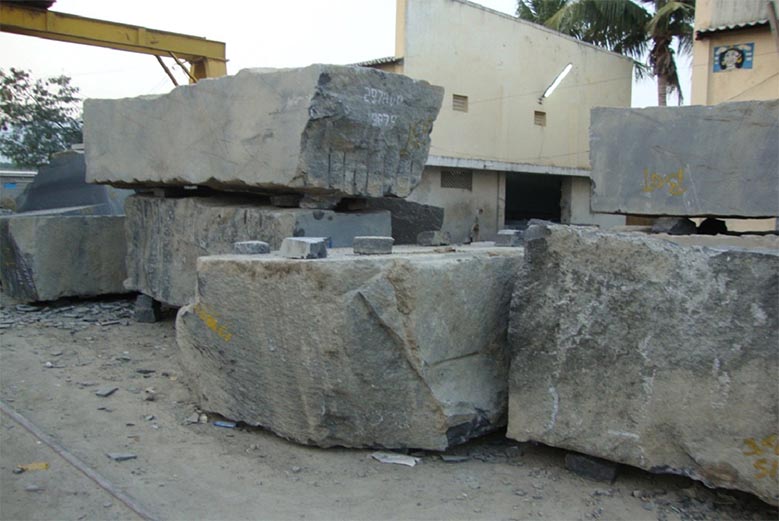
Gujarat
Granites and granodiorites of decorative/ornamental and building values are worked in Amreli, Banaskantha, Baroda, Mehsana, Panchmahal, and Sabarkantha regions.
The Conclusion
India has a wide range of granite deposits scattered all across the country, mainly in the Southern region. Due to its high durability and extensive product range, Indian granite remains a hot favorite among architects, granite importers, and construction companies.
